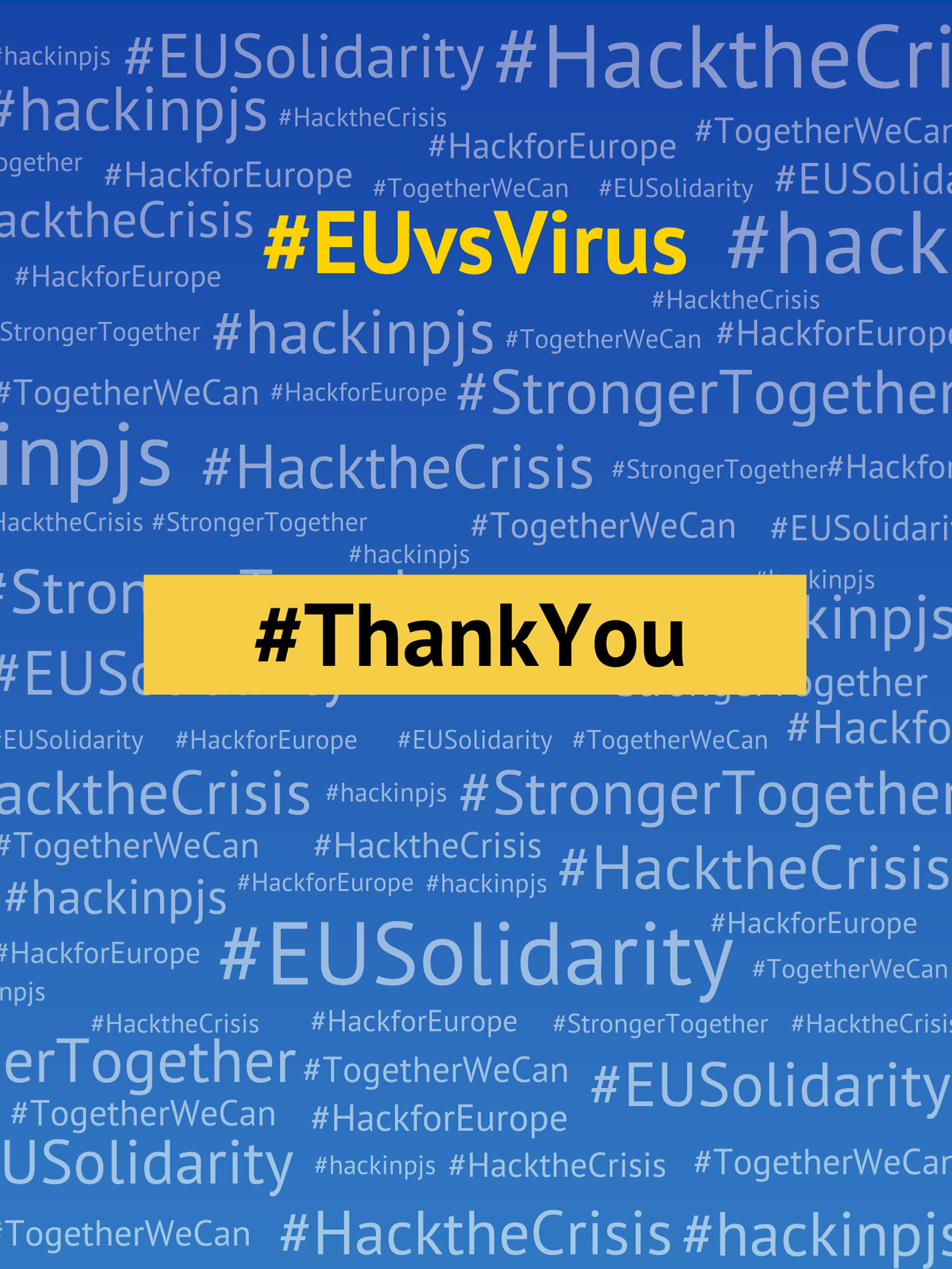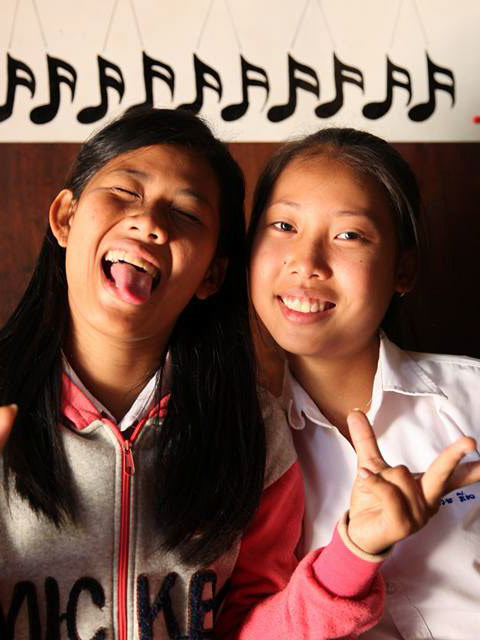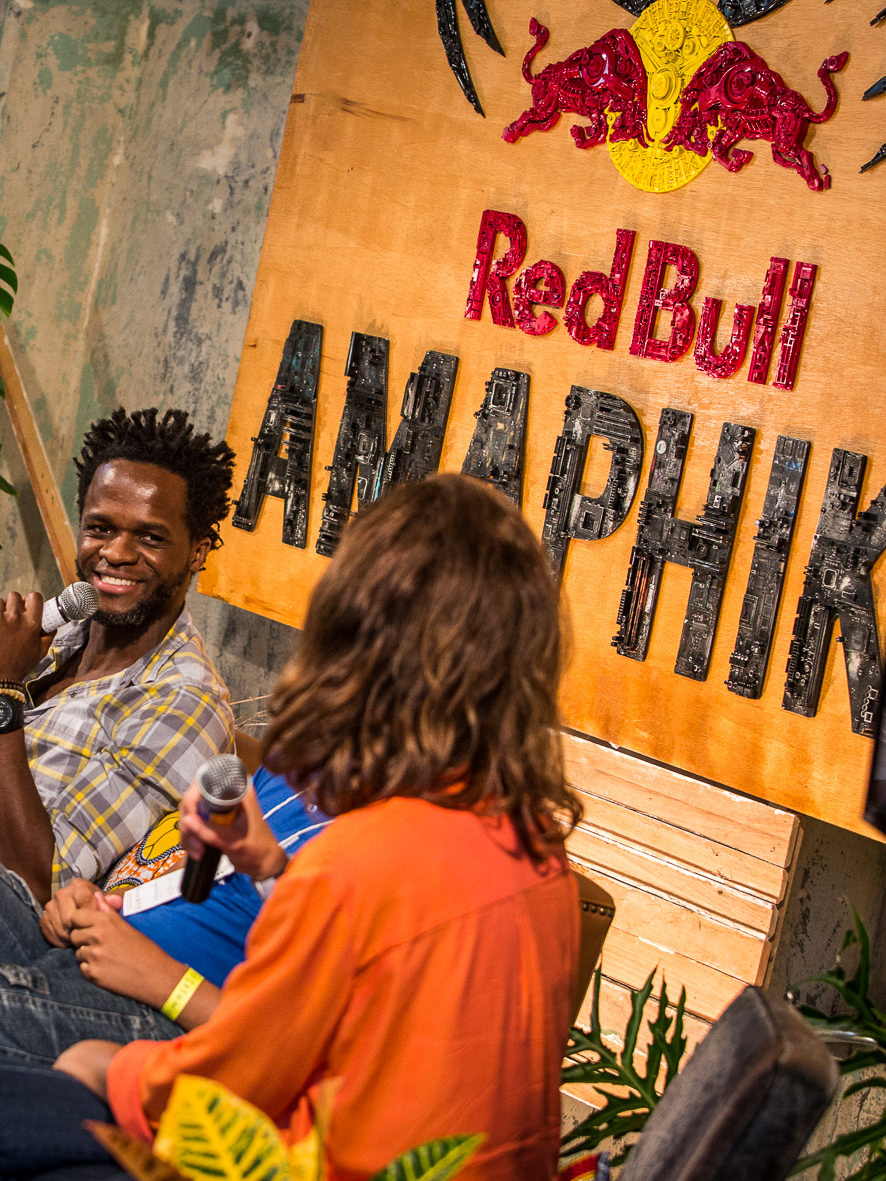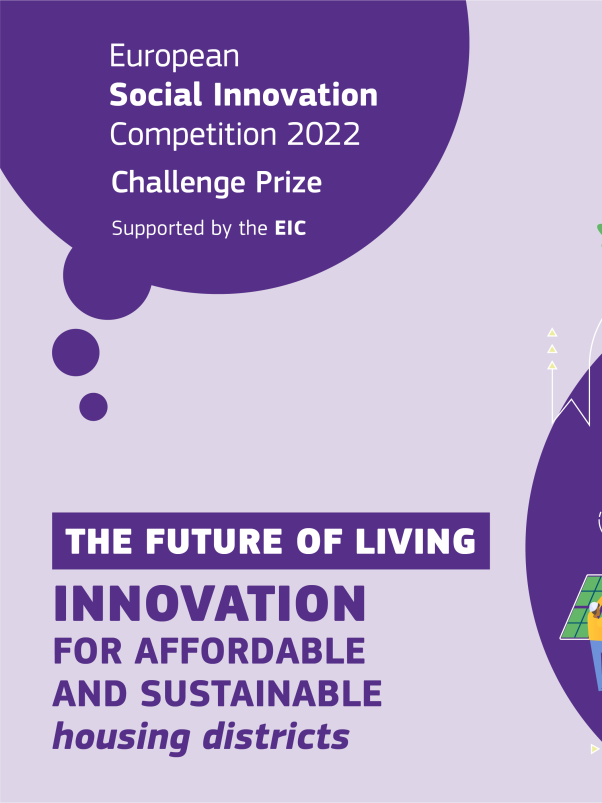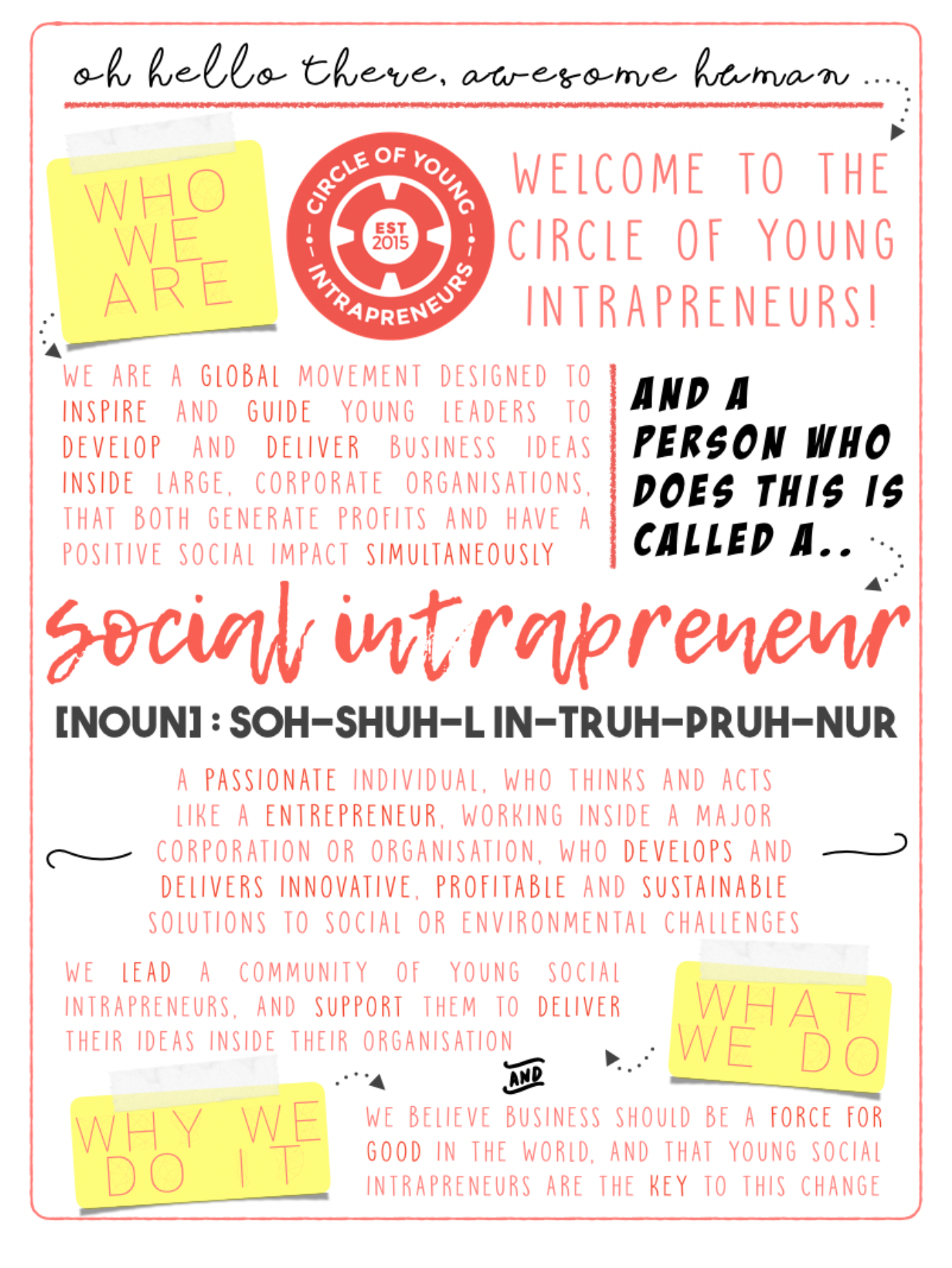How might we regenerate the health of living systems in the places and communities that we live in?
Many living systems – ecological, economic, social – are reaching or have already reached a point of crisis where they can no longer respond to changing conditions in such a way that humanity, or significant portions thereof and overall life, can thrive.
Right now, the Earth is on track to warm beyond 1.5 degrees Celsius, which scientists warn is a hard planetary boundary for the Earth’s existing ecosystems. In only 50 years, wildlife populations have suffered a decline of nearly 69% globally, up to 40% of the world’s land is degraded and 39.4% of the world's plants are now threatened with extinction. Continuing on our current path will mean irreversible damage to the very conditions needed to sustain life on this planet. An irreversible damage to our very own environment, our health, and our living systems.
How can we work towards repairing and restoring the health of our planet and ecosystems, so we can achieve an endgame for humans to live on this planet in a truly sustainable manner for centuries to come? How can we move beyond design that still does harm, to design and creativity as a positive force that restores, renews, or revitalizes?
The Regenerative Community Jam was a workshop organized in collaboration with ATÖLYE and the Dutch Design Week, to explore a design methodology aimed at creating the conditions for all life to thrive - Regenerative Design.
Regenerative Design: Josine Bakkes
Architect & Spacial Design: Ecem Çınar
Communication: Melissa Clissold
Communication Design: Tikuna Adeishvili
Project Management: Gülnaz Ör
Strategic Design: Deniz Dönmez
Architect & Spacial Design: Ecem Çınar
Communication: Melissa Clissold
Communication Design: Tikuna Adeishvili
Project Management: Gülnaz Ör
Strategic Design: Deniz Dönmez
THE BRIEF
In October, ATÖLYE acquired a spot in the Dutch Design Week workshop program to facilitate a workshop on community design. They approached me, to help them in exploring and understanding the field of Regenerative Design. The objective was to design a workshop that could focus on weaving the community of regenerative practitioners together in the Netherlands, and utilize the wisdom of the crowd in the creation of regenerative solutions to challenges faced by the community in the Netherlands, today.
In October, ATÖLYE acquired a spot in the Dutch Design Week workshop program to facilitate a workshop on community design. They approached me, to help them in exploring and understanding the field of Regenerative Design. The objective was to design a workshop that could focus on weaving the community of regenerative practitioners together in the Netherlands, and utilize the wisdom of the crowd in the creation of regenerative solutions to challenges faced by the community in the Netherlands, today.
THE CHALLENGE
The Netherlands is one of the smallest countries of Europe. Despite this modest size (41,543 km²), over the years, it has become the second largest agricultural exporter in the world. Today, two-thirds of the total land area of the Netherlands is used for agricultural purposes.
The Netherlands is one of the smallest countries of Europe. Despite this modest size (41,543 km²), over the years, it has become the second largest agricultural exporter in the world. Today, two-thirds of the total land area of the Netherlands is used for agricultural purposes.
Given the small size and high density of the Netherlands, such an agricultural system has had a major impact on nature and life overall in The Netherlands.
In order to understand, the challenges the community in the Netherlands was faced with, we decided to look for projects solving concrete challenges on Dutch grounds. We recruited the following projects to join the workshop as case studies:
Land van Ons (Our Land) is a citizen collective that buys and restores degraded agricultural land in the Netherlands on behalf of its members. Together with 20.000 members they actively try to be a bridge for the heaviliy divided country side and urbanites.
Regeneratie Coöperatie is a grassroots movement that helps people, communities and organizations find their own regenerative path. They do this by hosting workshops, events, and excursions where they interact with nature.
TJIKKO - upside club is seen as a unique concept in the middle of Amsterdam, a place where "regenerative solutions" are developed together with the neighborhood, with which consumers become a part of the climate solution.
FarmOn is a startup aimed at supporting the transition to regenerative agriculture. They provide farmers with access to finance by creating investable business cases that work financially and ecologically. Moreover, they measure at scale what ecological outcomes of farming practices.
In order to understand, the challenges the community in the Netherlands was faced with, we decided to look for projects solving concrete challenges on Dutch grounds. We recruited the following projects to join the workshop as case studies:
Land van Ons (Our Land) is a citizen collective that buys and restores degraded agricultural land in the Netherlands on behalf of its members. Together with 20.000 members they actively try to be a bridge for the heaviliy divided country side and urbanites.
Regeneratie Coöperatie is a grassroots movement that helps people, communities and organizations find their own regenerative path. They do this by hosting workshops, events, and excursions where they interact with nature.
TJIKKO - upside club is seen as a unique concept in the middle of Amsterdam, a place where "regenerative solutions" are developed together with the neighborhood, with which consumers become a part of the climate solution.
FarmOn is a startup aimed at supporting the transition to regenerative agriculture. They provide farmers with access to finance by creating investable business cases that work financially and ecologically. Moreover, they measure at scale what ecological outcomes of farming practices.
THE METHODOLOGY
The workshop format was aimed at supporting participants to imagine what the future of living ecosystems and regenerative communities could look like, reflecting on the ecosystems of the above case holders throughout the workshop.
Q: How might we regenerate the health of living systems in the places and communities that we live in?
In order to be able to answer the above question, some subquestions had to be answered.
- What is regenerative design and what does health mean?
- What places, communities and living systems do we focus on?
- How can regenerative design be a guide for designing community-powered project solutions?
The workshop program was designed as followed:
1. Community welcome and energizers
2. Introduction to Regenerative Design
3. Case Study Presentations
4. Regenerative Community Design Canvas
The workshop format was aimed at supporting participants to imagine what the future of living ecosystems and regenerative communities could look like, reflecting on the ecosystems of the above case holders throughout the workshop.
Q: How might we regenerate the health of living systems in the places and communities that we live in?
In order to be able to answer the above question, some subquestions had to be answered.
- What is regenerative design and what does health mean?
- What places, communities and living systems do we focus on?
- How can regenerative design be a guide for designing community-powered project solutions?
The workshop program was designed as followed:
1. Community welcome and energizers
2. Introduction to Regenerative Design
3. Case Study Presentations
4. Regenerative Community Design Canvas
For the introduction to regenerative design, inspiration has been derived from a great set of thinkers in the field of regeneration (Paul Hawken, Daniel C. Wahl, Carol Sanford, Laura Storm & Gilles Hutchings, and Bill Reed & Pamela Mang). Moreover, the work set out by the Regenesis Institute through their 4-axes Tetrad Model, provided the foundational architecture for the design of our Regenerative Community Design Canvas.
The Regenerative Community Design Canvas
A prototype for a regenerative community design canvas was developed, aimed at supporting the case studies in gaining an understanding of their community challenges, and developing potential solutions.
The workshop was aimed at testing the canvas, to see how it can be adapted and re-designed according to the needs of the audience.
A prototype for a regenerative community design canvas was developed, aimed at supporting the case studies in gaining an understanding of their community challenges, and developing potential solutions.
The workshop was aimed at testing the canvas, to see how it can be adapted and re-designed according to the needs of the audience.


ABOUT ATÖLYE
ATÖLYE is a community-powered design and innovation consultancy that leverages the power of collaboration.
Their consultancy’s work focuses on three main areas: future of learning, future of communities and future of spaces — particularly how the three areas intersect for a more sustainable future. The team (and community) consists over 2500 practitioners, skilled in a wide range of practices, and includes service designers, UX designers, learning designers, architects, strategists, and business designers.
ATÖLYE is a community-powered design and innovation consultancy that leverages the power of collaboration.
Their consultancy’s work focuses on three main areas: future of learning, future of communities and future of spaces — particularly how the three areas intersect for a more sustainable future. The team (and community) consists over 2500 practitioners, skilled in a wide range of practices, and includes service designers, UX designers, learning designers, architects, strategists, and business designers.
